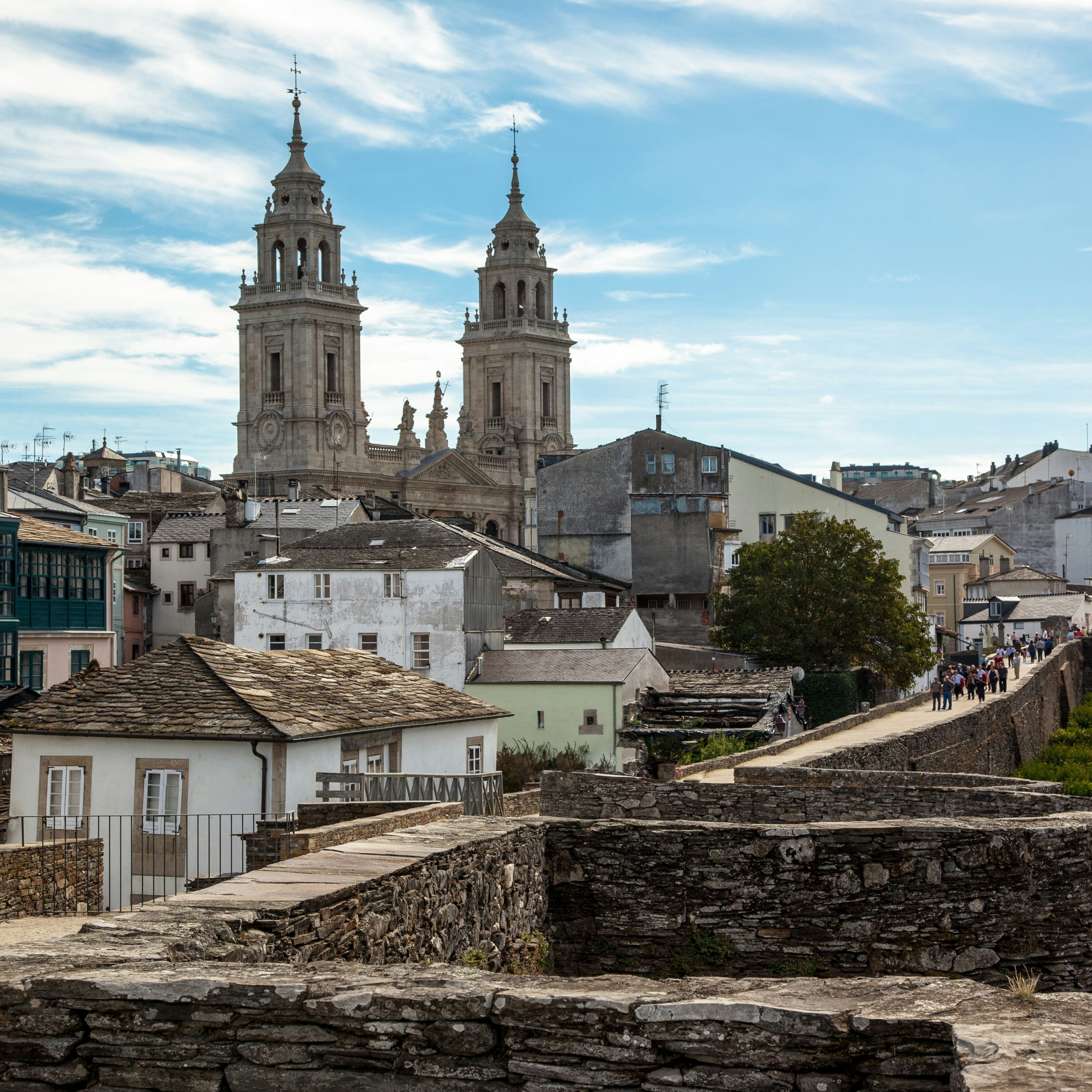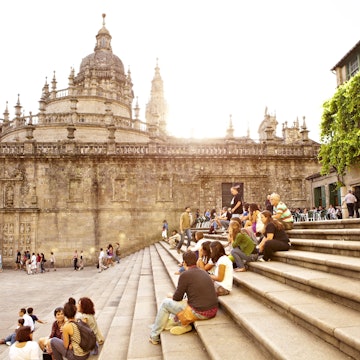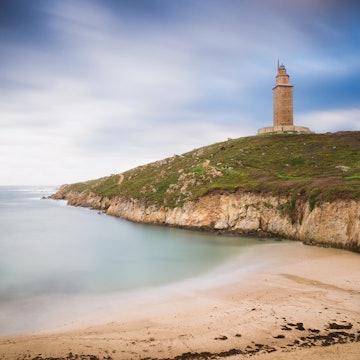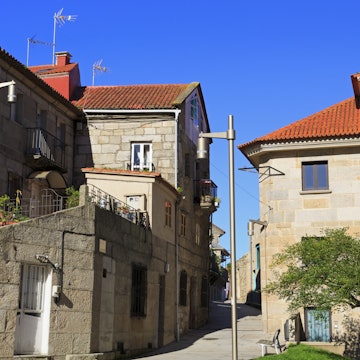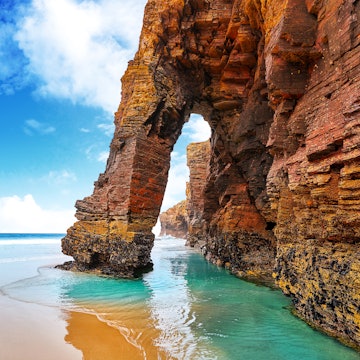
Overview
Galicia, a unique region with its own language and distinctive culture, is home to Santiago de Compostela, the destination of more than quarter of a million souls who travel each year along the Camino de Santiago pilgrim trails. Santiago is one of Spain's most beautiful and magical cities, an exceptionally good reason for any traveller to make their way to Spain's northwestern corner.
Meet your new travel partner
Stay connected in Galicia
Unlimited data while you travel with Holafly eSIM. Use code LONELYPLANET for an exclusive discount.
Must-see attractions
Get a book. Get inspired. Get exploring.
in partnership with getyourguide









